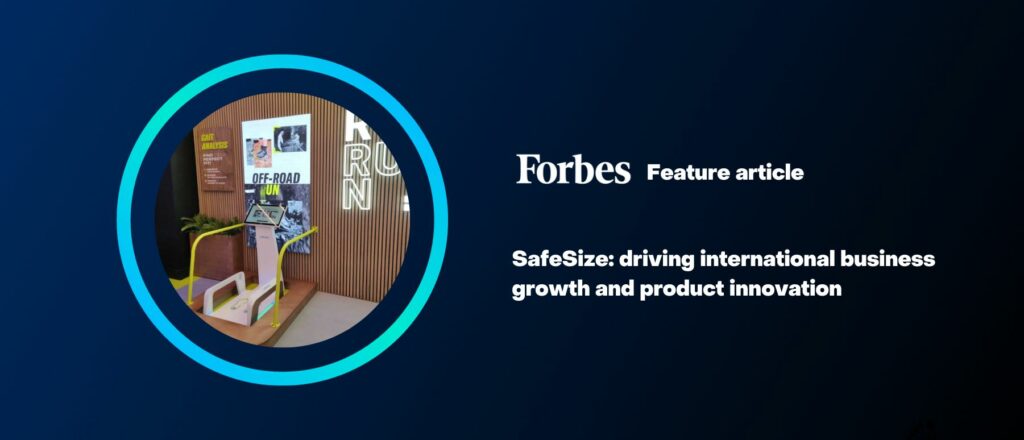The retail industry is rapidly evolving and omnichannel technology is playing a significant role in its growth. With the advent of virtual fitting technology, footwear retailers have the opportunity to revolutionize the way they sell shoes providing customers with personalized recommendations and helping them find the perfect fitting shoes.
With technology constantly evolving, 3D Foot Scanners have become a popular method for retailers to offer customers the most accurate shoe fit recommendations. However, not all 3D Foot Scanners are the same. If you are a footwear retailer seeking to enhance the customer experience and drive sales using a 3D Foot Scanner in your physical store, here’s our tips on the key factors to consider:
1. Scanning accuracy
One of the most important factors to consider is the 3D Foot Scanner’s accuracy. For the most accurate shoe model & size recommendation, choose a scanner with software that combines 3D foot scanning data with 3D shoe scanning data. This will ensure that your customers are matched with the right shoe for their specific foot shape, size, and preferred activity.
2. Personalized recommendations
Look for a 3D Foot Scanner with ability to advise the customers which shoes to buy based not only on their 3D foot dimensions, but also based on their personal preferences such as preferred activity, activity level, type of training, and fit. This will provide customers with more personalized recommendations and increase the chances of a successful purchase and loyalty creation.
3. Design
The 3D Foot Scanner should be modern, inviting and stand out in your store as a high-tech device. This will attract customers and make them more likely to use it, even by themselves without the need of a sales assistant.
4. Real-time stock integration
To provide a seamless shopping experience, the recommendations given by the 3D Foot Scanner should be in line with the current store inventory. Real-time stock integration will ensure that customers can purchase the recommended shoes without any delays or complications.
5. Omnichannel opportunities
If you are an omnichannel retailer, look for a 3D Foot Scanner that can create a digital foot profile instore which can be accessed online and used as guide for personalized online shopping. This will allow you to maximize your omnichannel potential, reach more customers and increase conversion.
6. Kids recommendation
When purchasing a 3D Foot Scanner, opt for a system that covers the needs of both adults and children and provides the option of predicting foot growth for children. Did you know that 70% of children are wearing ill-fitting shoes? A kids growth recommendation algorithm can help parents buy shoes for their kids that fit properly and know when they need to return back to store to buy new ones.
7. Ease of Use
Time is money, and customers want quick and efficient service. A scanner with fast scanning speeds will help reduce wait times and increase customer satisfaction. The scanner should be user-friendly and easy to operate. This will ensure that employees can use the device with minimal training, reducing the time and cost associated with onboarding, so they can focus on what they do best.
In conclusion, investing in a 3D Foot Scanner is a great way to improve the customer experience, provide customers with the most accurate shoe recommendations, increase sales and reduce returns. By considering these 7 key factors, you can choose the right scanner for your business and ensure that you are providing the best recommendations to your customers.
SafeSize provides one of the most advanced and complete omnichannel 3D Foot Scanning and shoe recommendation solution in the market, making it a top choice for retailers looking to invest in a 3D Foot Scanner.





